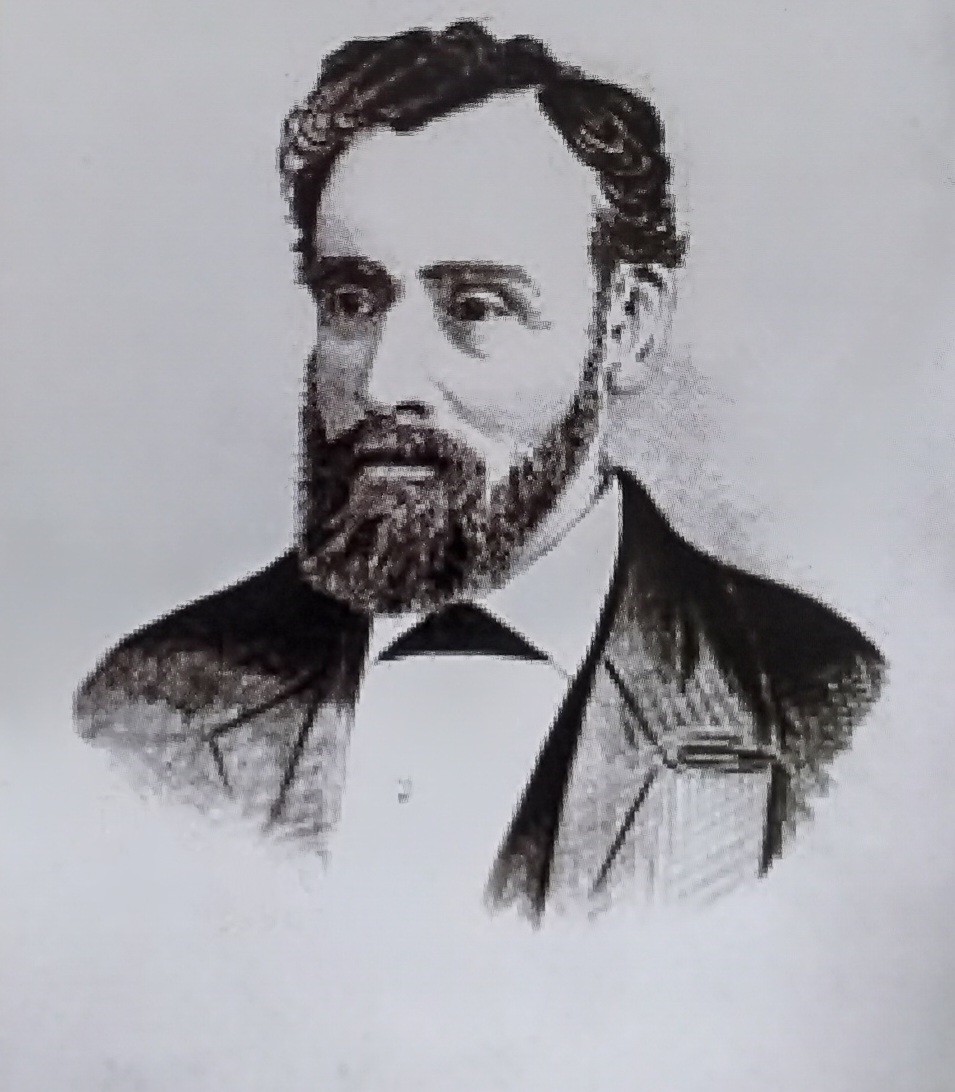James Alexander Holden
James Alexander Holden (1 April 1835 – 2 June 1887) is recognized as a "Founding Father" of Australia's transportation industry. Born in
| James Alexander Holden | ||
 | ||
| James Alexander Holden | ||
| Born | Born April 1, 1835 Walsall, England | |
| Died | Died June 2, 1887 (aged 52) Adelaide, South Australia | |
| Occupation(s) | Saddler, Businessman | |
| Known for | Founder of Holden, Australia's leading saddlery and motorcar precursor | |
| Spouse(s) | Mary Elizabeth Phillips | |
| Relatives | Sir Edward Wheewall Holden (grandson) | |
| Nationality | British-Australian | |
Walsall, England, Holden entered into a family already well established in the leather trade. He was christened at the Bridge Street Independent Chapel on 5 September 1836.
Early Life and Journey to Australia
James Holden faced early hardships, with his mother passing away in his infancy and familial challenges in his youth. At 16, after his father’s death, he travelled to Canada and New York before deciding to forge a new life in the fledgling colony of South Australia. Holden arrived at Port Adelaide on 13 February 1855 aboard the barque Tiberius.
On arrival, Adelaide was a modest settlement of around 70,000 people, with primitive infrastructure such as rough dirt tracks and limited commercial activity. Holden quickly adapted, starting work as a bookkeeper for chemist Francis Hardy Faulding at his pharmacy on Rundle Street. Despite initial challenges, including Faulding’s advice to seek alternative work, Holden persevered and gained employment at Clark’s Steam Flour Mill and Biscuit Bakery on Halifax Street in 1856.
Establishing a Business
In 1857, Holden married Mary Elizabeth Phillips, the daughter of prominent Congregational Church members in Adelaide. By 1859, Holden had developed a sound reputation and began importing saddlery goods from overseas. He leased a site at 34 King William Street, establishing his first business specializing in saddles, bridles, harnesses, and whips. His enterprise grew, and in September 1863, he partnered with Joseph Charles Genders, forming "J. A. Holden & Co."
Expansion and Legacy
Holden’s success led to further property acquisitions and business expansions. By the mid-1860s, he secured prominent premises on Gawler Place and Magill, developing warehouses and residential properties. He diversified his business into saddlery, ironmongery, and general goods, cementing his role as a significant merchant in Adelaide.
In 1871, Holden took on a partner, Alfred James Birks, and formally established the Holden & Birks company. The firm thrived by supplying goods ranging from saddles to carriage headlamps, gaining recognition for their quality craftsmanship. However, Holden regained sole control of the business in 1874, trading once again as J. A. Holden & Co.
Final Years
James Holden's ventures extended into real estate, local politics, and community contributions. He was appointed a Commissioner for South Australia in 1872 and represented the colony at international trade exhibitions. Despite health challenges in the late 1870s, his contributions laid the groundwork for what would become a legacy in Australia’s transportation and automotive industry.
Legacy
James Alexander Holden's pioneering work in saddlery and leather goods set the foundation for the Holden brand, which would later evolve into Holden Motor Body Builders and, ultimately, General Motors-Holden, a symbol of Australia's automotive industry for over a century.[1]
